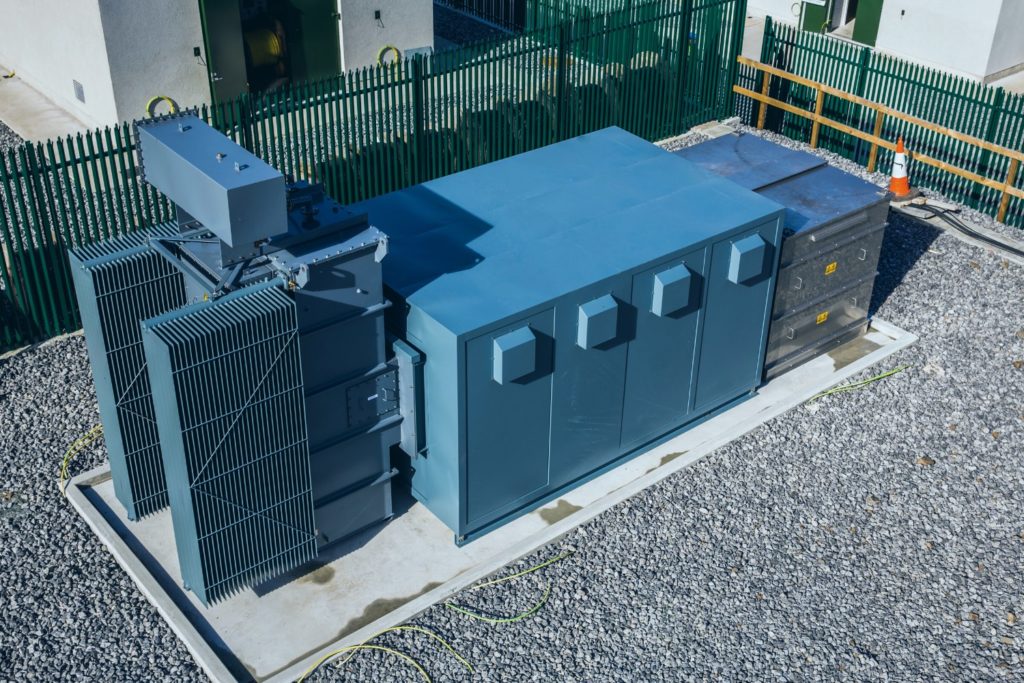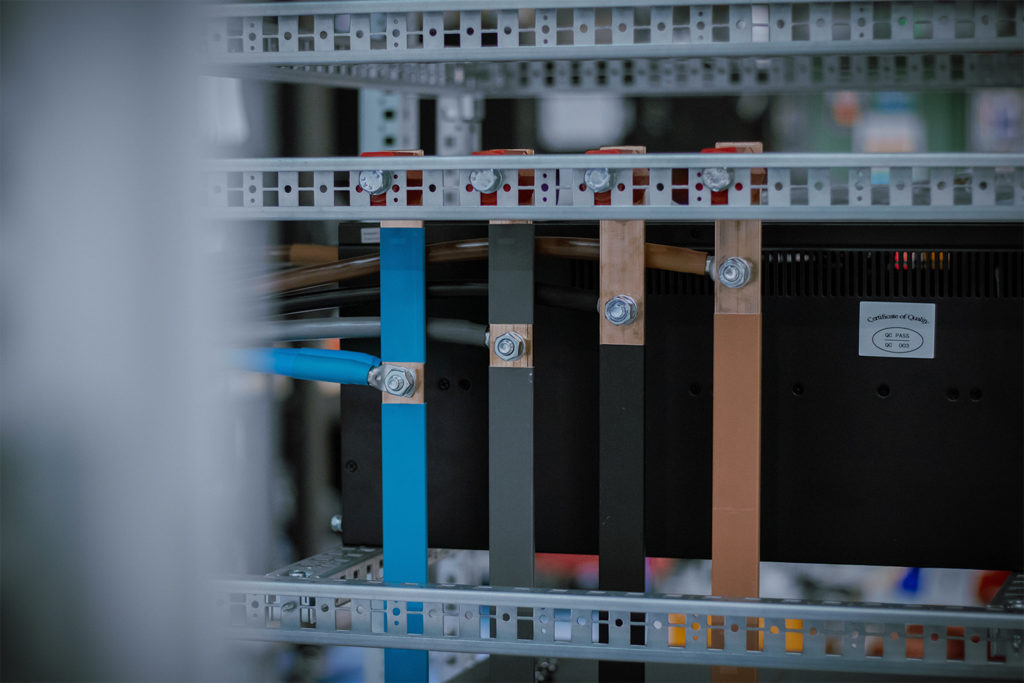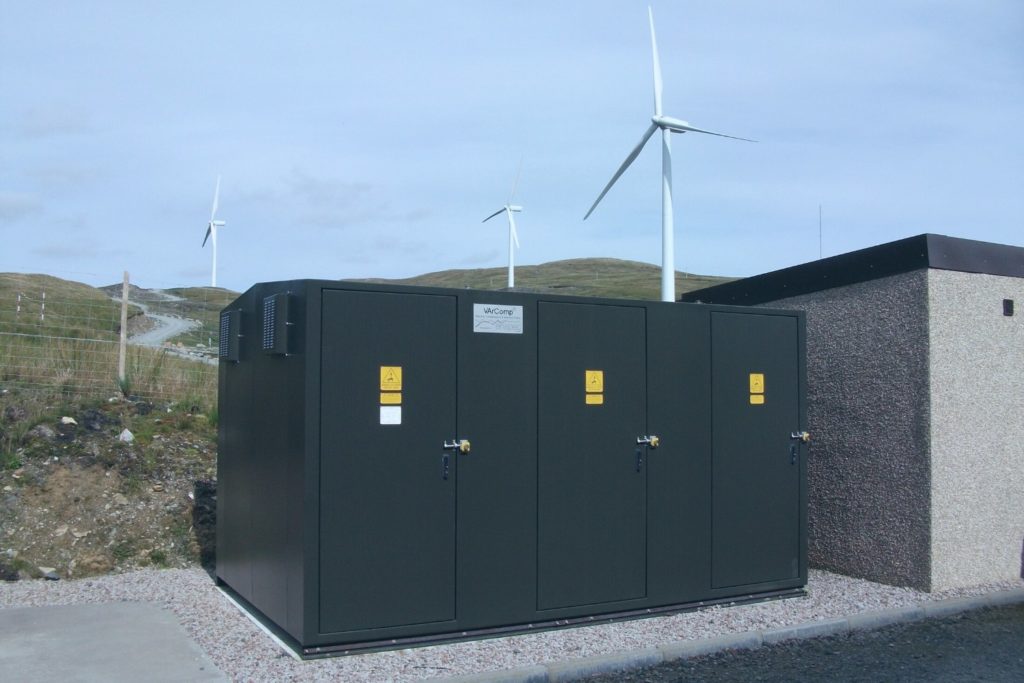Harmonic Filters
Harmonic filters improve the quality of your power supply. Nuisance circuit breaker tripping, stresses on electrical plant and downtime can be reduced to save you time and money.
Requirements
The process of designing a harmonic filter begins with the analysis of a site’s harmonic profile. We can do this analysis on client provided data, or obtain the required data using our own precision measurement devices. Following this, we use our extensive power systems modelling experience to design and simulate a harmonic solution. Every solution we provide is bespoke and tailored to the specific site requirements.
Further to this, we can ofer a range of consultancy and support services for specifc and/or unique applications.
Our Solutions
We manufacture passive and/or active harmonic filter solutions:
- Passive harmonic filters – Employ tuned LC circuits constructed from series connected inductors and capacitors and typically offer a cost-effective solution to single lower order harmonic issues.
- Damped filters – A passive technology that incorporates added resistance: a tuned LCR circuit provides a damped response across a broader range of harmonic frequencies. Depending on the filter’s power rating and tuning frequency, these damped filters may be configured as 2nd Order, 3rd Order or C-Type filters to minimise fundamental frequency losses.
- Active harmonic filters – Utilising power electronics to cancel unwanted harmonic frequencies by injecting anti-phase harmonic currents. These versatile real-time devices are programmable to target specific or multiple harmonic orders and may be used for other power quality issues such as voltage support, power factor correction, flicker compensation and load balancing.
- Hybrid filters – A combination of passive and active technologies where the passive section is used to filter low order harmonics, usually 5th and 7th, and the active filter is targeted at higher order harmonics only, minimising the size and cost of the overall solution.


